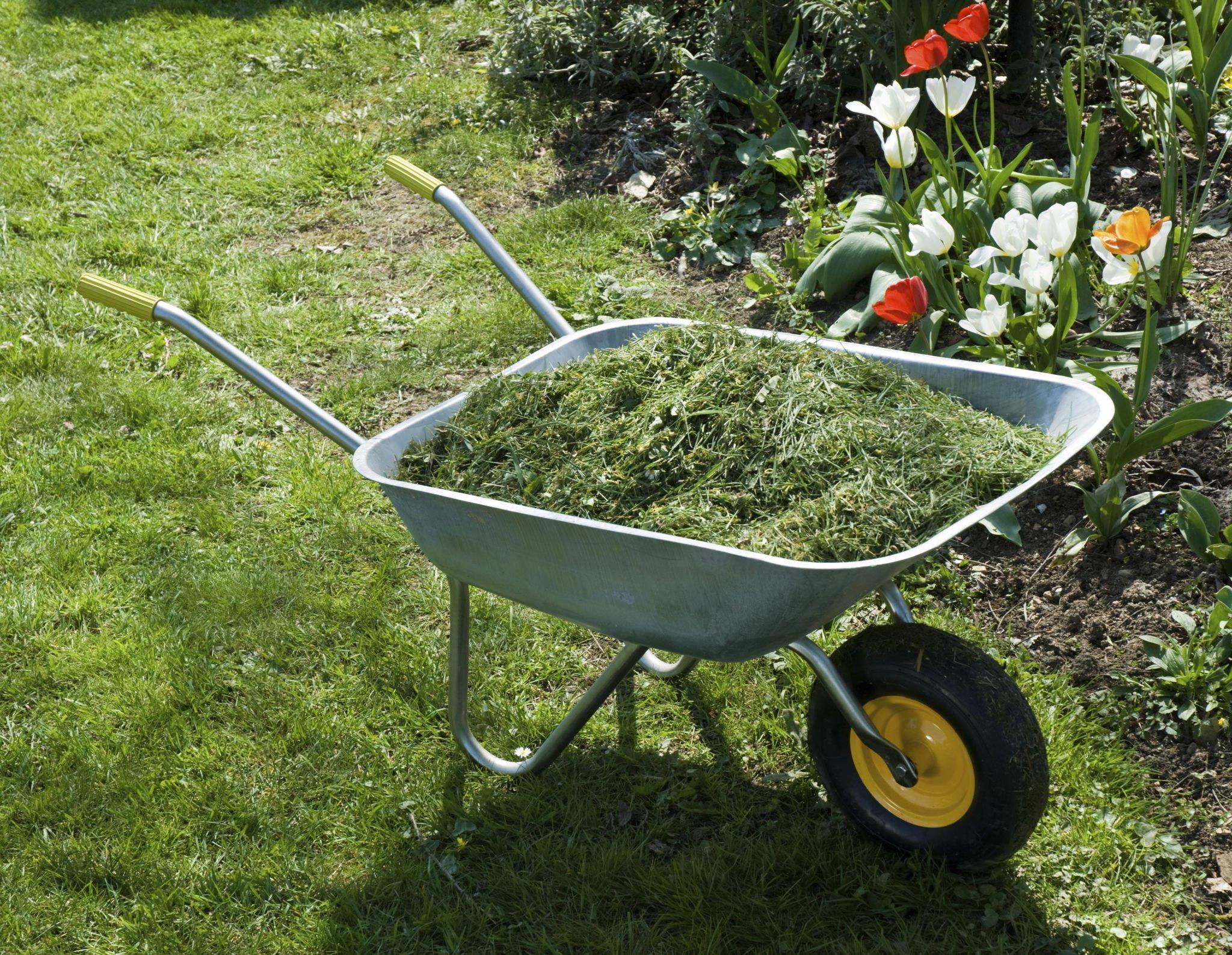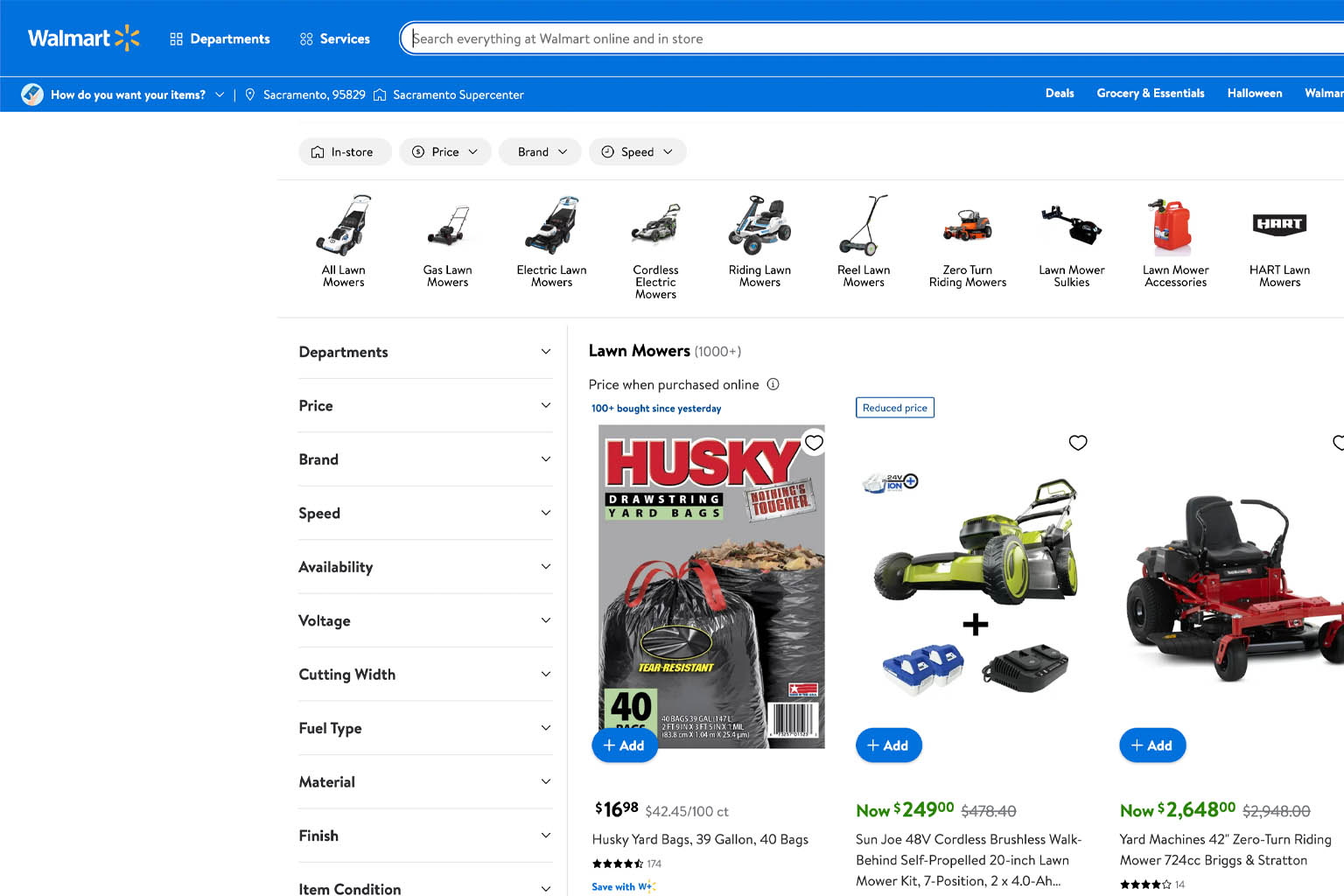Tips for Bagging and Mulching Grass Clippings
Properly managing grass clippings is an important aspect of lawn care, and it’s essential to choose the right approach based on your specific needs. Bagging grass clippings can be beneficial for preventing thatch buildup and keeping the lawn looking neat and clean. Mulching, on the other hand, can provide essential nutrients to the soil and help retain moisture, leading to a healthier lawn. Understanding the pros and cons of each method is key to deciding which one is best for your lawn. In this guide, we’ll cover tips and techniques for both bagging and mulching grass clippings, so you can make an informed decision and keep your lawn in top condition.
Benefits of Bagging Grass Clippings
Bagging grass clippings can be a beneficial practice for many homeowners, especially those who want a neat and tidy appearance for their lawn. Here are some of the main advantages of bagging grass clippings:
- Preventing thatch buildup: When grass clippings are left on the lawn, they can build up and create a layer of dead grass, known as thatch. This can prevent water, air, and nutrients from reaching the soil and cause problems for the lawn’s health. Bagging grass clippings can help prevent thatch buildup and keep the lawn healthy.
- Keeping the lawn looking neat: Bagging grass clippings can help give your lawn a clean and well-manicured appearance, which many homeowners prefer. It can also make it easier to spot and remove any debris or other materials that may have accumulated on the lawn.
Tips for Bagging Grass Clippings
If you decide to bag your grass clippings, there are a few tips to keep in mind to ensure the best results:
- Use a high-quality lawn mower: A good quality lawn mower can make all the difference when bagging grass clippings. Look for a mower with a powerful engine, sharp blades, and a large bag capacity for optimal results.
- Mow frequently: Mowing your lawn more frequently can help ensure that the grass clippings are shorter and easier to bag. This can also help prevent thatch buildup and promote healthy grass growth.
- Adjust the mower height: Adjusting the height of your mower blades can help ensure that the grass is cut to the right length for optimal bagging. Ideally, you should only cut one-third of the grass blade length at a time.
- Empty the bag regularly: Regularly emptying the bag on your lawn mower can help ensure that it doesn’t become too heavy and difficult to manage. It can also help prevent grass clippings from spilling onto the lawn.
Benefits of Mulching Grass Clippings
Mulching grass clippings is an alternative approach that can provide many benefits for your lawn. Here are some of the main advantages of mulching:
- Nutrient-rich soil: Mulching grass clippings can provide essential nutrients to the soil, including nitrogen, potassium, and phosphorus. This can help promote healthy grass growth and reduce the need for fertilizers.
- Moisture retention: Mulching can help retain moisture in the soil, which is especially beneficial during hot and dry weather. This can help keep the lawn looking lush and green, even during periods of drought.
- Environmentally friendly: Mulching grass clippings is an environmentally friendly approach to lawn care, as it reduces the amount of yard waste that ends up in landfills. By leaving the grass clippings on the lawn, you are recycling the nutrients and organic matter back into the soil, creating a sustainable lawn care approach.
How to Bag and Mulch Grass Clippings
Now that you understand the benefits of both bagging and mulching grass clippings, you may be wondering how to do each effectively. Here are some tips to help you get the most out of both methods:
Bagging grass clippings:
- Make sure your mower is set to the proper cutting height before you begin mowing.
- Mow in a pattern that allows you to easily collect the grass clippings in the bag.
- Empty the bag regularly, to prevent it from becoming too heavy and difficult to maneuver.

Mulching grass clippings:
- Make sure your mower is equipped with a mulching blade and is set to the proper cutting height.
- Mow in a pattern that allows the grass clippings to be evenly distributed over the lawn.
- Avoid mowing wet grass, as this can result in clumping and uneven distribution of the clippings.
In summary, whether you choose to bag or mulch your grass clippings, both methods can be effective in maintaining a healthy lawn. By considering the pros and cons of each method and using the tips outlined above, you can determine which approach works best for your lawn care needs.
FAQs
Why should I bag my grass clippings?
Bagging grass clippings can help keep your lawn looking tidy and can prevent the clippings from matting and suffocating the grass underneath. It’s also a good idea to bag your clippings if your grass is particularly long, as leaving long clippings on the lawn can create an unsightly mess.
How do I know if I should mulch my grass clippings?
Mulching grass clippings is generally recommended for shorter grass, as longer clippings can create unsightly clumps on the lawn. If you mow your lawn regularly and keep the grass relatively short, mulching can be a great way to promote healthy grass growth and provide nutrients to the soil.
Can I use a bagging and mulching lawn mower?
Yes, many modern lawn mowers are equipped with both bagging and mulching capabilities. This allows you to switch between bagging and mulching depending on the needs of your lawn.
Final Thought
Deciding whether to bag or mulch your grass clippings ultimately depends on the needs of your lawn and your personal preferences. Bagging can provide a tidy appearance and is necessary for longer grass, while mulching can promote healthy growth and provide nutrients to the soil. With the right lawn mower and a little bit of knowledge, you can choose the best approach for your lawn care routine.




